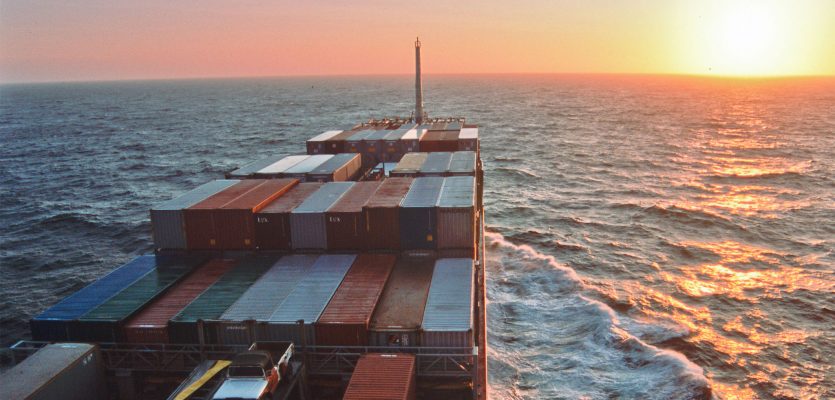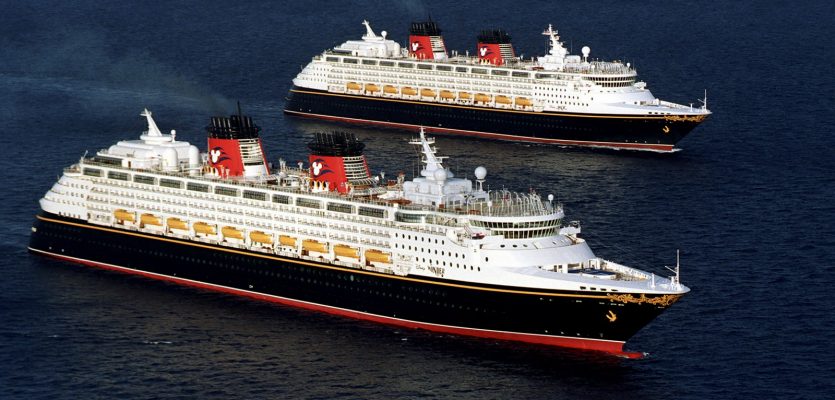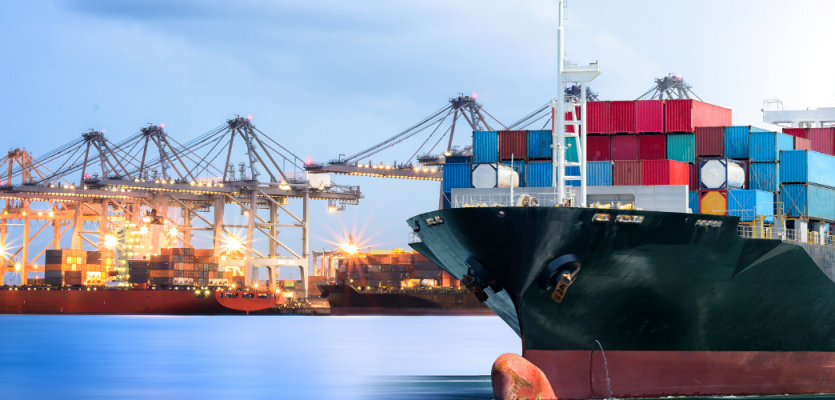What is Bridge Navigational Watch & Alarm System (BNWAS)?
Navigating a giant vessel is not at all an easy job and when it comes to situations of emergency, wherein the navigational officer has to make some quick decisions, the safety of the entire ship and its crew depends on that officer.
This is when automated systems are extremely useful. BNWAS is one type of automated system used on ships. While the navigation of the ship is probably the most important aspect of delivering the cargo and the crew safely between two points, it must also be understood that the human component attached to navigation is open to errors and faults; with a sudden mishap with respect to the watchkeeper (sudden unavailability due to health reasons while on watch), the ship might be exposed to dangers and the BNWAS assists to tackle such a problem.
What is BNWAS?
Bridge Navigational Watch & Alarm System – BNWAS is a monitoring and Alarm system which notifies other navigational officers or master of the ship if the officer on watch (OOW) does not respond or he/she is incapable of performing the watch duties efficiently, which can lead to maritime accidents.
bridge
Image for Representation purpose only; Credits: wikimedia.org
The purpose of a bridge navigational watch alarm system (BNWAS) is to monitor bridge activity and detect operator disability which could lead to marine accidents. The system monitors the awareness of the Officer of the Watch (OOW) and automatically alerts the Master or another qualified OOW if for any reason the OOW becomes incapable of performing the OOWís duties. This is achieved through a mix of alarms and indications which alert backup OOWs as well as the Master. BNWAS warnings are given in the case of incapacity of the watchkeeping officer due to accident, sickness or in the event of a security breach, e.g. piracy and/or hijacking. Unless decided by the Master only, the BNWAS shall remain operational at all times.
Why Ships Need BNWAS?
There have been many incidents in the past wherein ships have collided or grounded due to wrong decision or inefficiency in taking a decision at the correct time. If during an emergency situation, a navigational officer is not capable of handling that situation, it can lead to devastating scenarios. To avoid this BNWAS is installed on the bridge which acts similar to a dead man alarm in the engine room.
Credits: imo.org
A series of alert and alarm is first sounded by BNWAS in the Navigation Bridge to alert officer on watch. If there is no response to the series of alarms, then BNWAS will alert other Deck officers, which may include Master of the ship, so that someone can come out on the bridge and handle the situation and tackle the problem.
Operational Requirements of BNWAS
The BNWAS primarily has three modes of operation:
Automatic
Manual ON
Manual OFF
Alarms and Indications
Once the BNWAS is put into operation, the dormant period should be between 3 to 12 minutes. This dormant period is the time in which the BNWAS is active without giving any alarm and it only once the dormant period is over that the alarm is sounded and the alarm/indication is sounded and the reset function needs to be activated
Once the dormant period ends, a visual indication (first stage; flashing indication) must be activated indicating/demanding that the officer rest it, if available and active
If not reset within 15 seconds of the visual indication, an audible alarm is sounded (first stage)
If at the first stage the audible alarm is not reset, 15 seconds after the audible alarm, another audible alarm (second stage; sound should have its own characteristic tone or modulation intended to alert, but not to startle, the OOW) is sounded in the backup officer’s and/or Master’s cabin
If at the second stage the audible alarm is not reset, 90 seconds after it, another audible alarm is sounded (third stage; easily recognisable, indicates urgency, volume sufficient for it to be heard throughout the locations above and to wake sleeping persons) at the locations of further crew members capable of taking corrective actions
Except for passenger vessels, the second and third stage alarm can be combined to sound at all locations. If this is applied, the third stage alarm may be omitted
For very large vessels, sufficient time of up to 3 minutes must be accounted for the backup officer or the Mastre to the reach the Bridge to tend to the situation
The Reset Function
Reset can only be done from physically located areas of the bridge providing proper look out
Reset can be only be done with a single operator action (for those familiar with BNWAS, one stroke to the round reset switch) which starts the dormant period further, cancelling the alarms/indications
Constant activation of the dormant period vis a vis the reset button should not extend the dormant period to more than that is set or bring about any suppression of the alarms/indications
Additionally
An “Emergency Call” feature must be present to immediately skip to the second and third stage alarms. This is present for the OOW to summon immediate assistance
Accuracy of the BNWAS should be within the window of 5% or 5 seconds, whichever is lesser
Operational Mode and the duration of the Dormant Period setting shall be restricted to the Master only
To be powered from the main power supply. The malfunction indication, and all elements of the Emergency Call facility should be powered from a battery maintained supply
Outputs should be available for integration with other bridge equipments if need be
Regulations for BNWAS
SOLAS Chapter V Regulation 19 states:
Cargo ships of 150 gross tonnage and upwards and passenger ships irrespective of size constructed on or after 1 July 2011
Passenger ships irrespective of size constructed before 1 July 2011, not later than the first survey after 1 July 2012
Cargo ships of 3,000 gross tonnage and upwards constructed before 1 July 2011, not later than the first survey after 1 July 2012
Cargo ships of 500 gross tonnage and upwards but less than 3,000 gross tonnage constructed before 1 July 2011, not later than the first safety survey after 1 July 2013
Cargo ships of 150 gross tonnage and upwards but less than 500 gross tonnage constructed before 1 July 2011, not later than the first survey after 1 July 2014
A BNWAS installed prior to 1 July 2011 may subsequently be exempted from full compliance with the standards adopted by the organization, at the discretion of the Administration



